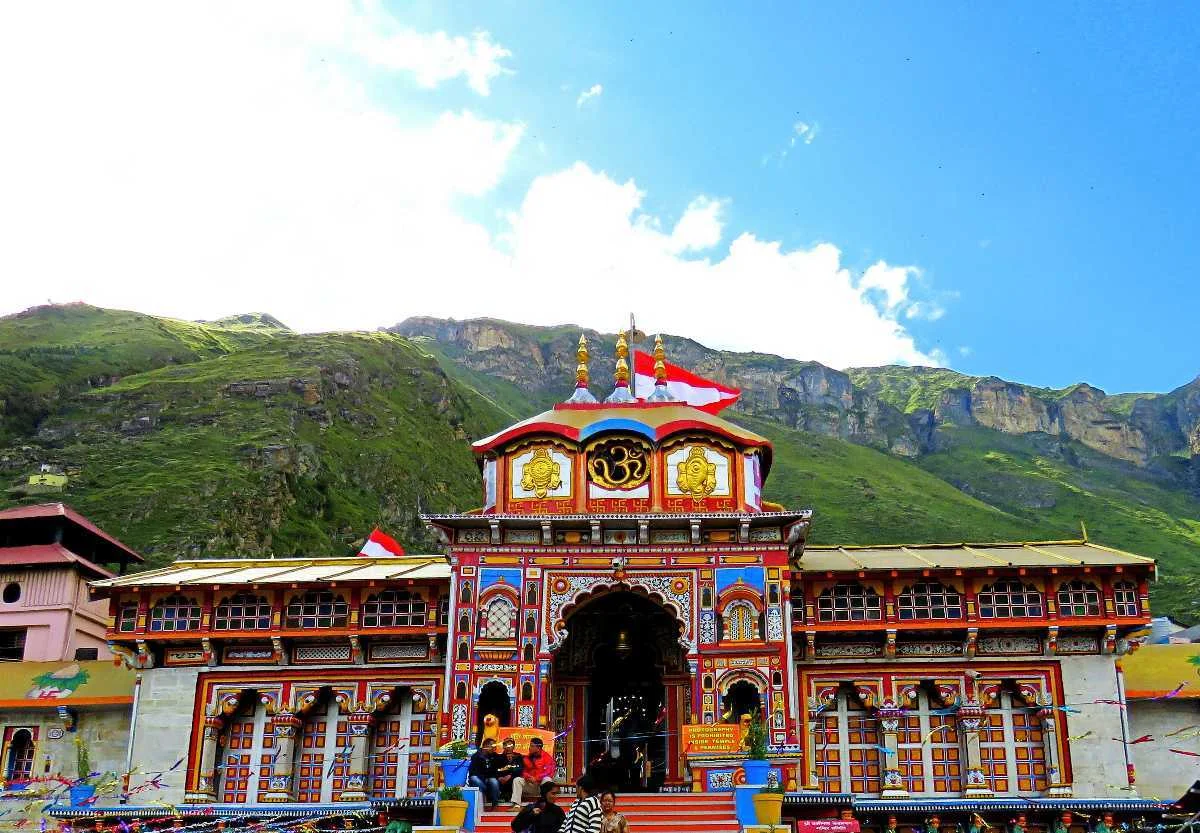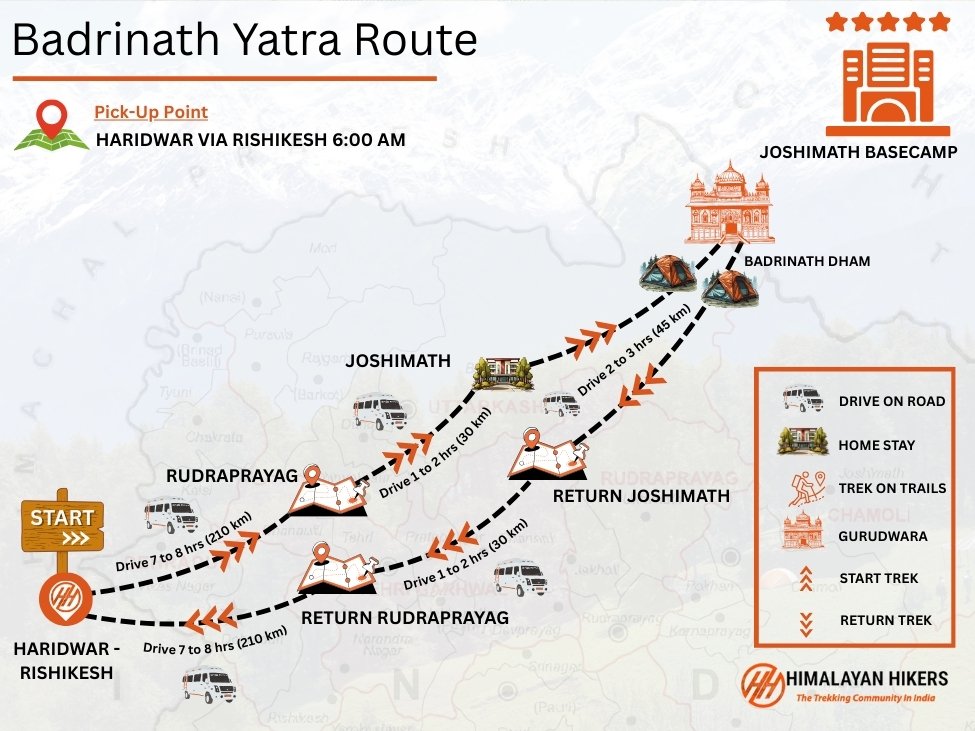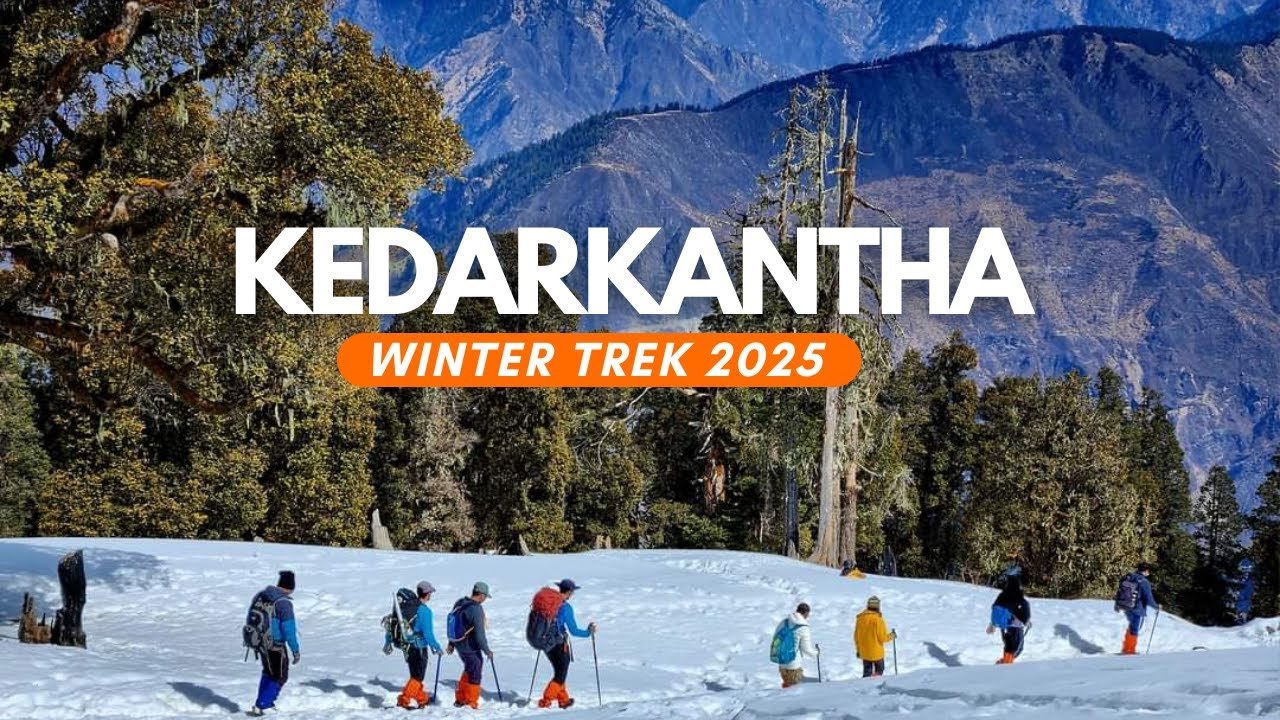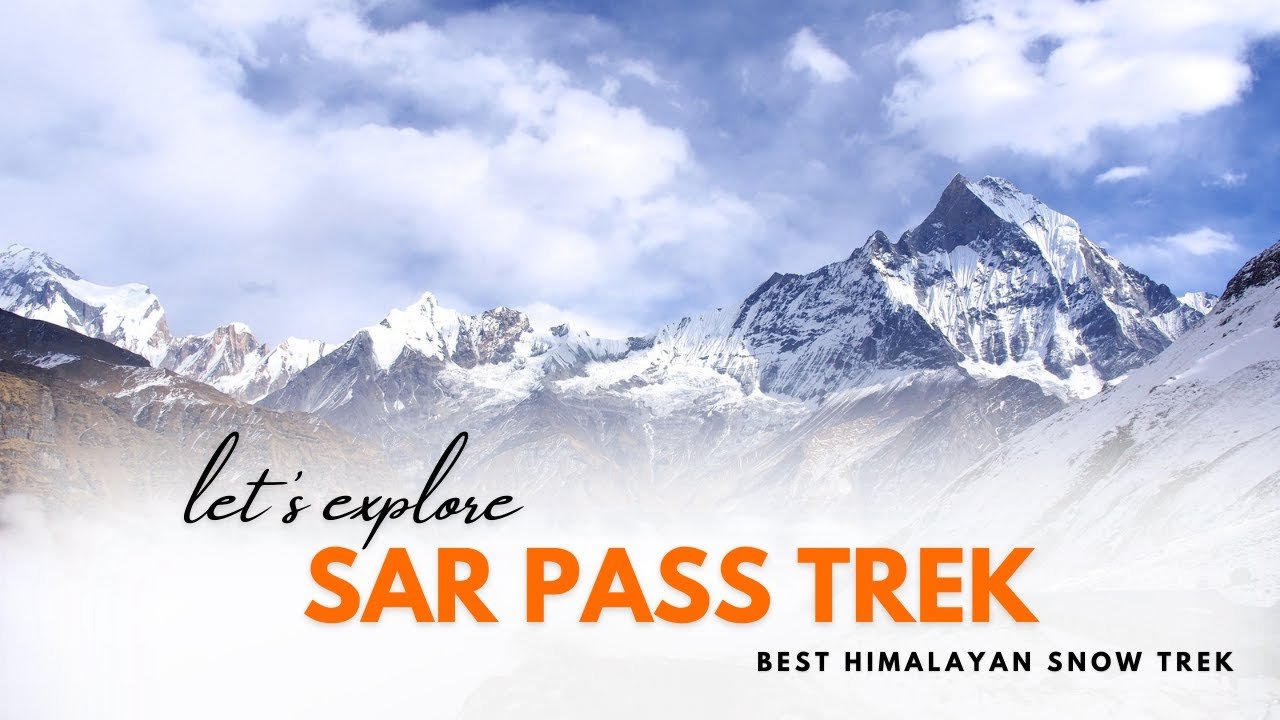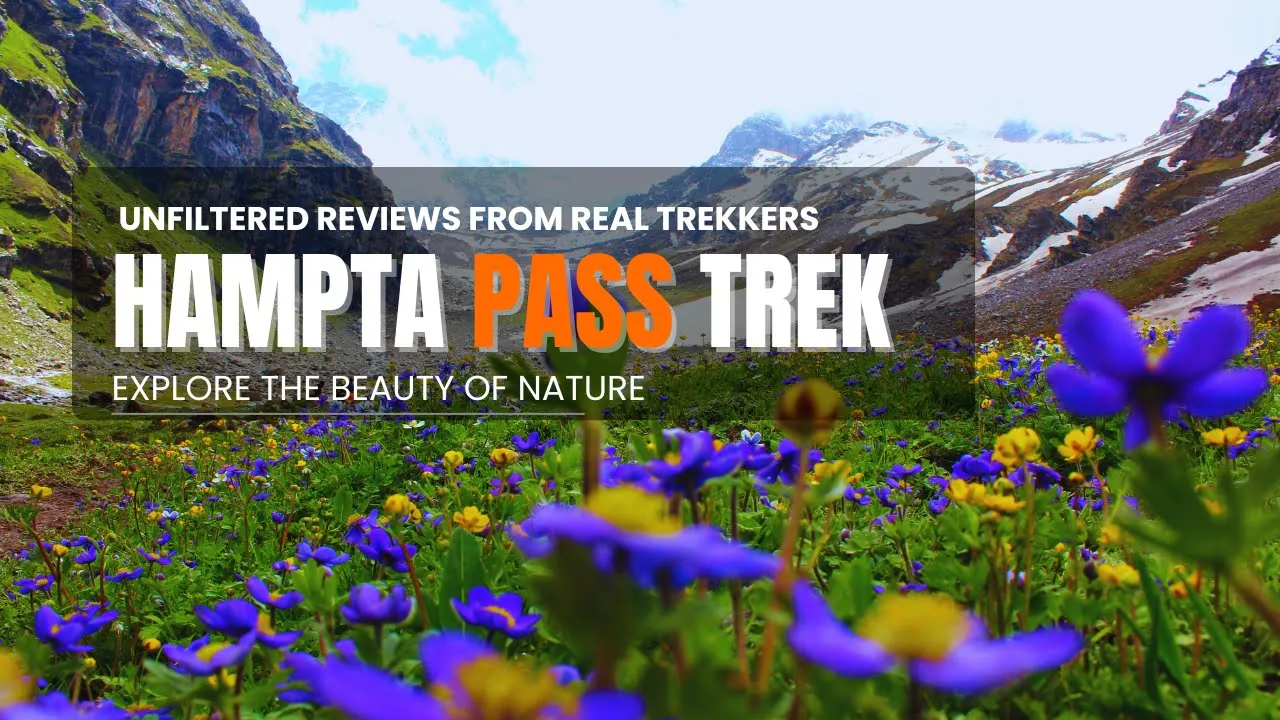The temple is mentioned in various Hindu texts, including the Mahabharata. Badrinath appears in the Mahabharata as a stop on the road to salvation. It is believed that anyone seeking salvation who visits the temple will be blessed by Lord Badri. According to Hindu mythology, Lord Vishnu sat here for meditation, unaware of his surroundings, he was protected by Devi Laxmi in the form of the Badri tree. Impressed by Devi Laxmi’s devotion, she was renamed Badri Vishal, and the location became known as Badrika Ashram. Lord Vishnu was later referred to as Badrinath.
Badrinath trek Guide
Day 1: Rishikesh to Rudraprayag to Joshimath.
Day 2: Joshimath to Badrinath.
Day 3: Badrinath to Rishikesh.
Day 1: Rishikesh to Rudraprayag to Joshimath
Note: AC vehicles are only available for customized trek packages.Day 1: Our teams will pick up trekkers at Rishikesh and then they will be taken to Joshimath. The entire journey of the holy river Ganga will accompany us. Trekkers can relish in the beauty of the journey. Buses will be stopping at Devprayag and if lucky trekkers might get a chance to witness the great confluence of rivers Alaknanda and Bhagirathi. After crossing another confluence of Alaknanda and Mandakini at Rudraprayag, trekkers will finally reach Joshimath. Check in to respective hotels and rest for the night..
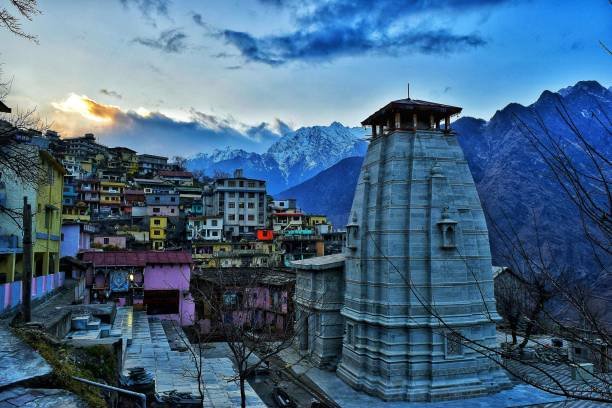

Day 2:Joshimath to Badrinath
The following day, after breakfast, teams will depart for the Badrinath temple trail via Joshimath. After travelling a short distance, the trekkers will stop to visit the Badrinath Temple and receive Lord Badrinath’s blessings. Hikers will have a great opportunity to explore the surroundings because teams will be staying overnight at nearby hotels. The tranquil grim of this location will leave trekkers wanting more..
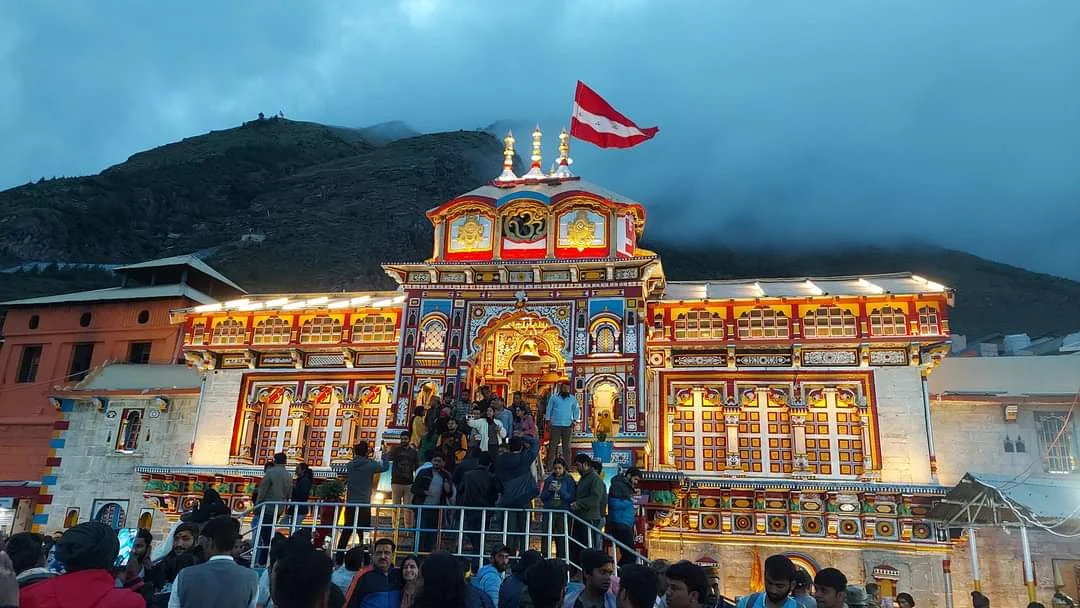
Day 3: Badrinath to Rishikesh
After attending the morning ‘Aarti’ teams will prepare for their return. Trek from Badrinath to Joshimath on the same day, and return for Rishikesh. Stop for lunch during mid-journey and they bid adieu to fellow teams.
Note- reaching Rishikesh on the date decided is trekkers’ sole responsibility. We can only offer assistance after their arrival in Rishikesh.

The best time to visit the Badrinath temple is during the summer months of May and June. The mild temperatures of these months are ideal for gatherings with family and friends. During the day, temperatures typically range from 12 to 16 degrees Celsius, with significantly colder nights.
Due to the unfavorable weather and precipitation, this trek is best done before and after the monsoon season.
If you are travelling from any metropolitan city in India or from outside India, getting to the capital city of Delhi may be the first and most important step. All major modes of transportation, such as air, road, and rail, can take you to Delhi.
Rishikesh is connected to most major cities in India via all chief modes of transportation. Trekkers could perhaps conduct extensive research for their direct mode of transportation to ensure a much smoother arrival.
By air – Jolly Grant Airport is the nearest airport to Rishikesh. It is well connected to Delhi and many chief cities with daily flights. How to reach Rishikesh from Delhi.
By road – Delhi has direct road routes to Rishikesh. Trekkers will have to book either a bus or private cabs. Prior booking for cabs and buses are easily available at various sites.
Delhi > Rishikesh > Sonprayag > Gaurikund
By railway – Nearest railway station to Rishikesh will be Rishikesh Railway station. Since Rishikesh is connected to all major railway routes, trekkers can opt for a direct route or via Delhi. They can also opt for direct trains to Dehradun or Haridwar and then take cab or bus to Rishikesh.
Some important points to note –
- Please note that we don’t provide timing schedules for transportation before Rishikesh. Subject to various conditions, the scheduled timings and availability of particular rides may differ. We recommend trekkers to reach out to our teams for any queries. You can drop an email or call us for an initial guided session.
- Our teams will be collecting trekkers at fixed points of airports, railway stations, and bus stands.
- It is recommended that unless any delay arises, trekkers are advised to reach the destinations at least 2 hours prior.
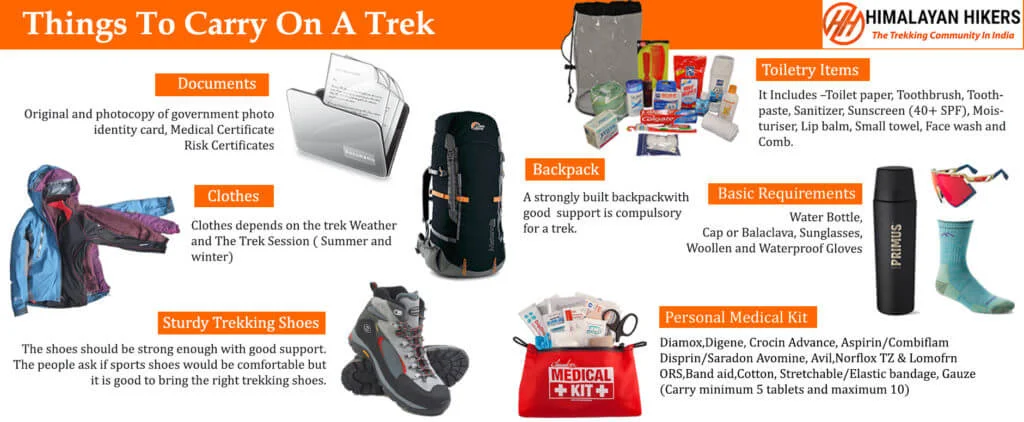
Mandatory Documents
Original and photocopy of government photo identity card- (Aadhar Card, Driving License, Voters ID, etc,)
Passport and Visa important to foreigners
Medical Certificate (First part should be filled by the Doctor and Second part by the Trekker)
Declaration Certificates
Note: – Many trekkers commit the same mistake of carrying unnecessary items on a trek which only makes the backpack heavy. It is important to know the right items to carry. It differs from season to season if you are trekking in summers then carry less layers of warm clothing and if you are trekking in winters carry enough layers to protect yourself against chilly cold.
Necessary Items for trekkers
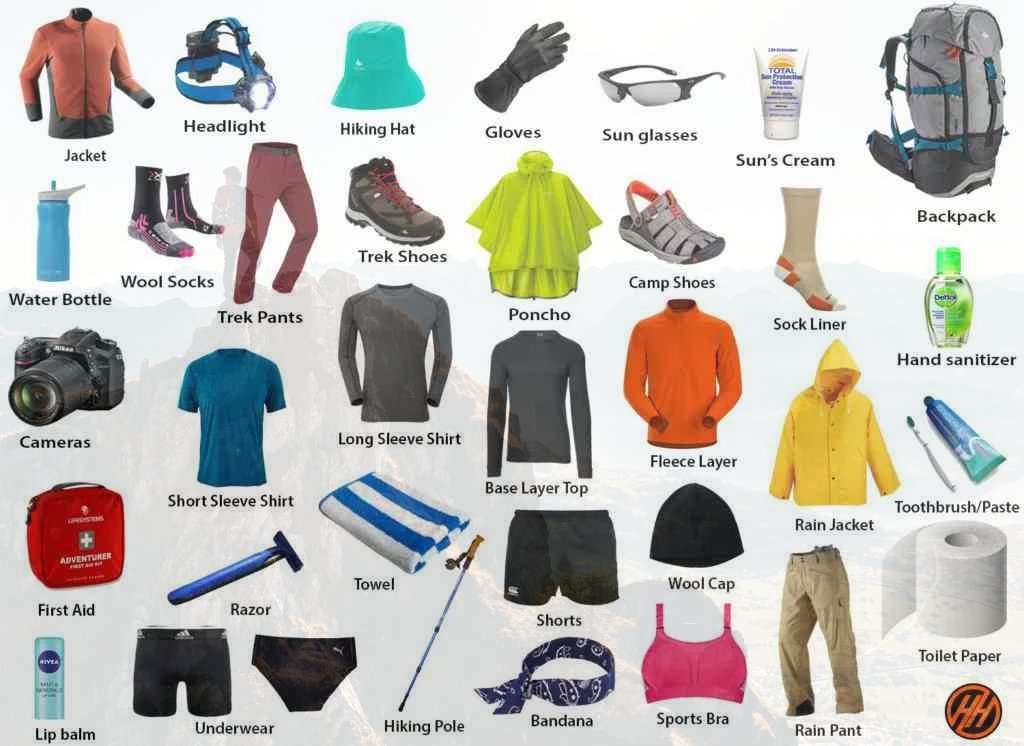
Basic Trekking Gears

The Clothes You Should Bring On On Badrinath Trek
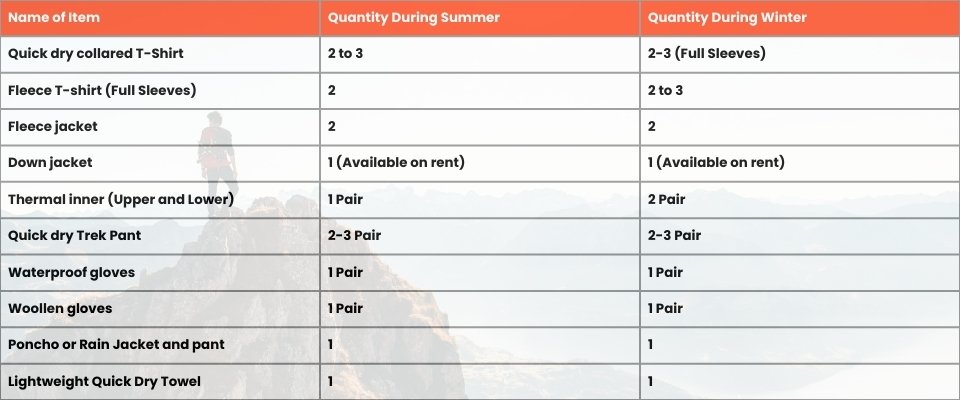
Head Gears

Foot Gears

Personal Care Essentials

Carry a Personal Medical Kit
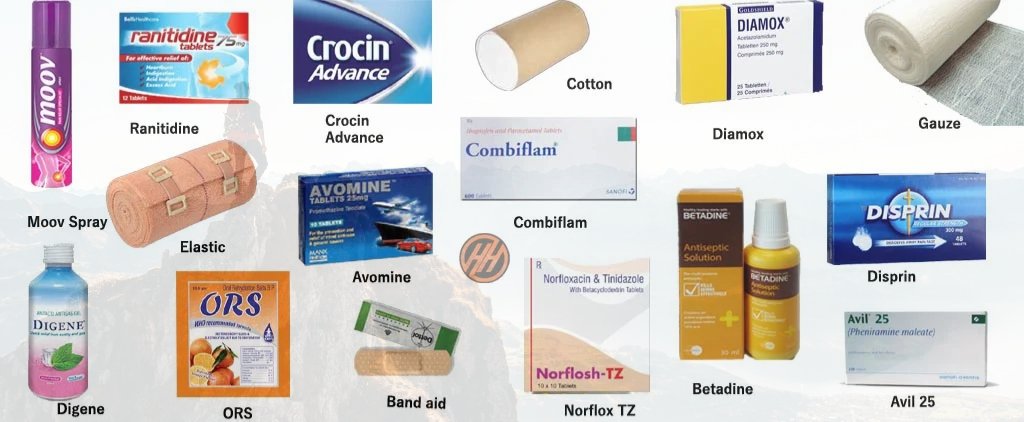
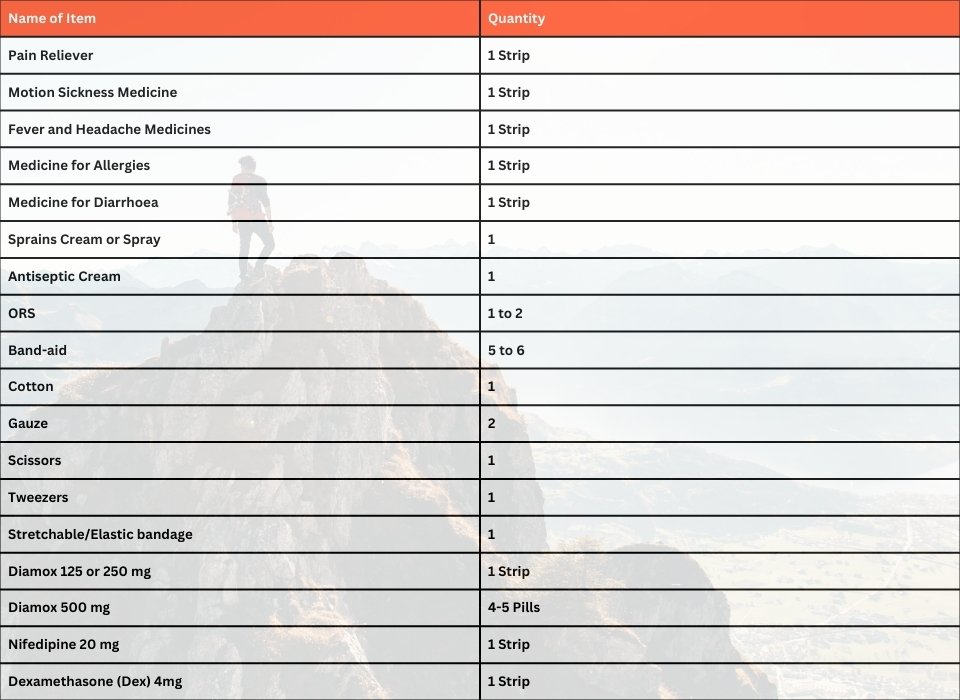
Are you Looking for Trekking Equipment on Rent?
If any trekker requires trekking equipment on rent, Himalayan Hikers offers the best-quality gear available for rental. Many individuals are in need of such equipment, and renting provides a cost-effective solution, allowing them to access high-quality gear at an affordable price without the need for a significant investment for short-term use.

Trek Equipment You can book directly on first day at the Sankri Base Camp.
Note:-
Please take all medicines only when prescribed by the doctor. In case you face any problem during your trek,
discuss and take advice from the Professional guide.
Himalayan Hikers is a reputable trekking company that places a high priority on safety. Here are some of the safety measures they take to ensure the safety of their clients during the Yatra:
Experienced Guides: Himalayan Hikers hires experienced and certified guides who are well-versed in the terrain, weather conditions, and local culture. These guides have first-hand knowledge of the routes and are equipped to handle any emergency situations that may arise.
Proper Gear: The company provides all the necessary gear and equipment to their clients to ensure comfort and safety during the trek.
Hygiene and Sanitation: Himalayan Hikers places great emphasis on hygiene and sanitation during the Yatra. They provide clean drinking water, hand sanitizers, and toilet tents to ensure that their clients are healthy and comfortable.
Emergency Services: The company has a well-defined protocol for handling emergency situations. They have a team of trained medical professionals who are available 24/7 and can be quickly mobilized in case of an emergency.
Acclimatization: Himalayan Hikers follows a gradual acclimatization process during treks to ensure that their clients adjust to the high altitude gradually. They also monitor the health of their clients regularly and provide necessary medical attention if required.
Overall, Himalayan Hikers places a great emphasis on safety and takes all necessary measures to ensure the safety and well-being of their clients during treks.
1) Connectivity along the route is unpredictable, so we urge all trekkers to complete their work ahead of time.
2) The last ATM for transactions is located at Gaurikund. However, we strongly recommend that travelers collect cash beforehand or while in Rishikesh, as ATMs at other locations along the route may not dispense cash at times.

